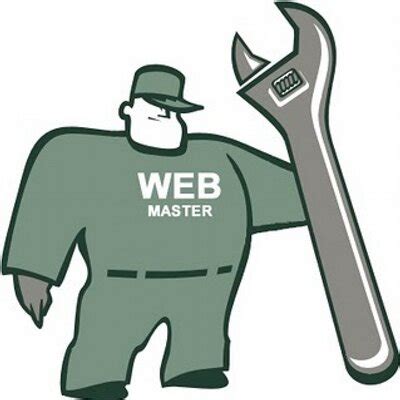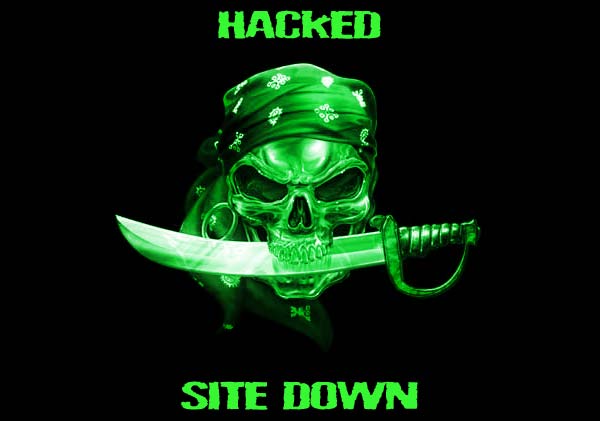Fantastico is a commercial script library that automates the installation of web applications to a website. These scripts are executed from the administration area of a website control panel such as cPanel.
Fantastico’s web site claims that they are installed on ten thousand servers, with a million users worldwide, which would make it the leading product of its type Fantastico scripts are usually executed when a new website is created, or a new application is added to an existing website. The scripts typically create tables in a database, install software, adjust permissions, and modify web server configuration files.
Although Fantastico is typically associated with open-source software, a handful of scripts are also available that install commercial products. Once installed, these are available to all of the domains hosted by a physical server; such as web site builder SohoLaunch, PerlDesk customer support software, and AccountLab Plus software for interacting with Internet registrars. There are more than 50 applications that have Fantastico scripts associated with them.
The most commonly added systems include: Web content management system A web content management system (WCMS or Web CMS) is content management system (CMS) software, usually implemented as a Web application, for creating and managing HTML content. It is used to manage and control a large, dynamic collection of Web material (HTML documents and their associated images).
A WCMS facilitates content creation, content control, editing, and many essential Web maintenance functions. Usually the software provides authoring (and other) tools designed to allow users with little or no knowledge of programming languages or markup languages to create and manage content with relative ease of use.
Most systems use a database to store content, metadata, and/or artifacts that might be needed by the system. Content is frequently, but not universally, stored as XML, to facilitate reuse and enable flexible presentation options. A presentation layer displays the content to regular Web-site visitors based on a set of templates.  The templates are sometimes XSLT files.
The templates are sometimes XSLT files.
Administration is typically done through browser-based interfaces, but some systems require the use of a client.
Unlike Web-site builders like Microsoft FrontPage or Adobe Dreamweaver, a WCMS allows non-technical users to make changes to an existing website with little or no training. A WCMS typically requires an experienced coder to set up and add features, but is primarily a Web-site maintenance tool for non-technical administrators.
Shopping cart software Shopping cart software is software used in e-commerce to assist people making purchases online, analogous to the American English term ‘shopping cart’. In British English it is generally known as a shopping basket, almost exclusively shortened on websites to ‘basket’. The software allows online shopping customers to place items in the cart. Upon checkout, the software typically calculates a total for the order, including shipping and handling (i.e. postage and packing) charges and the associated taxes, as applicable.
Wikis A wiki is a page or collection of Web pages designed to enable anyone who accesses it to contribute or modify content (excluding blocked users), using a simplified markup language. Wikis are often used to create collaborative websites and to power community websites. The collaborative encyclopedia Wikipedia is one of the best-known wikis. Wikis are used in business to provide intranet and knowledge management systems.
Ward Cunningham, the developer of the first wiki software, WikiWikiWeb, originally described it as “the simplest online database that could possibly work”. Blogs A blog (a contraction of the term weblog) is a type of website, usually maintained by an individual with regular entries of commentary, descriptions of events, or other material such as graphics or video. Entries are commonly displayed in reverse-chronological order. “Blog” can also be used as a verb, meaning to maintain or add content to a blog. Photo sharing Photo sharing is the publishing or transfer of a user’s digital photos online, thus enabling the user to share them with others (whether publicly or privately).
This functionality is provided through both websites and applications that facilitate the upload and display of images. The term can also be loosely applied to the use of online photo galleries that are set up and managed by individual users, including photo blogs.
Cheap web hosting is the best place to get reviews for the various webhosts as well as a great place to compare the services they offer. With almost every prominent webhost listed on the website, you really do not have to look elsewhere.



